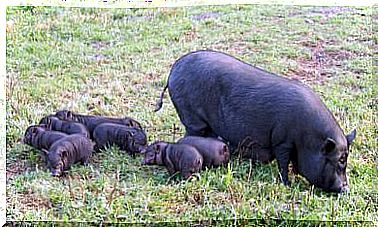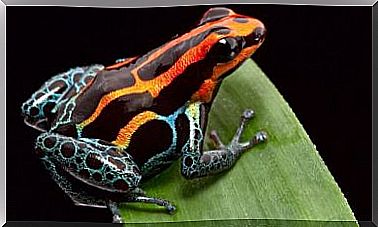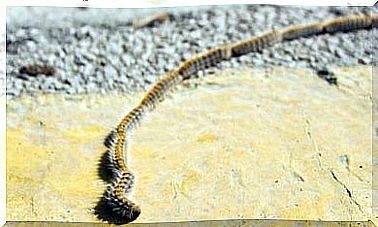Why Do Very Large Dogs Have Shorter Lives?
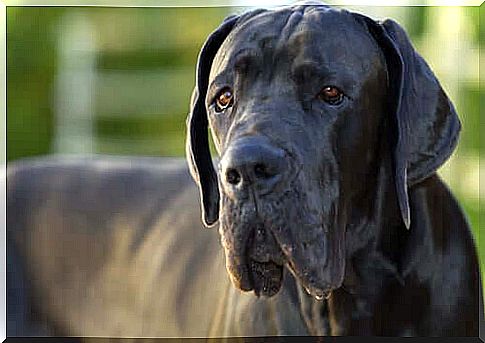
Recent studies justify the shorter lifespan that very large dogs have because they age faster than their smaller counterparts in other breeds.
With a few exceptions, such as the Irish Wolfhound, which is a bit slimmer, very large dogs tend to be very heavy as well. All of these dogs weigh over 40 pounds and have an average life expectancy of seven or eight years.
When looking at the lifespan of mammals, one would think that very large dogs live longer. After all, a whale or an elephant often lives more than a hundred years, whereas a mouse just two.
If one examines the lifespan within a species, however, then there is an opposite tendency. The smaller individuals often live longer.
Very large dogs age faster
A group of researchers from the University of Göttingen assumed that a medium-sized dog has an average life expectancy of thirteen years. On this basis, the researchers tried to explain why a mastiff or a great dane usually live shorter lives.

For this purpose, they analyzed extensive data that they had received from veterinary clinics. They evaluated the data of more than 56,000 dogs from 74 different breeds.
Her findings on the accelerated aging process have been published in the scientific journal American Naturalist .
The results show that a very large dog who dies at the age of seven did not actually die young. Basically, he has already reached a great age!
In addition, the researchers made various statistical calculations to find out what influence body mass has on life expectancy. They found that life expectancy is reduced by one month for every two kilograms of body mass. This means that the heavier weight of very large dogs contributes to their shorter lives.
However, we would like to point out that these data come from an observational analysis. Hence, they do not explain the physiological reasons for this accelerated aging. This aspect was explored in a study by the University of Science and Technology in Trondheim (Norway).
Longevity at the chromosomal level
Under the direction of the biologist Thor Harald Ringsby, the Norwegian team published its results in the scientific journal Proceedings of the Royal Society. In doing so, they focused on the genetic factor at the chromosomal level.
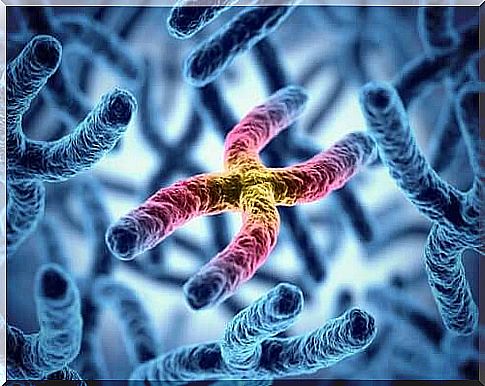
Specifically , the researchers analyzed the length of the telomeres in very large dogs. These telomeres are the ends of linear chromosomes and are unique in that they shorten over time during cell division. When a person has cancer or is of an advanced age, these telomeres are usually very small.
The researchers came to the conclusion that the metabolism and high energy requirements during the growth of very large dogs lead to faster cell division and the associated shortening of the telomeres.
Hence, the first signs of aging in very large dogs appear at the cellular level. This aging process is caused by the change in the ability of cells to divide. When the telomeres reach a critical size, the cells even die.
This genetic change and the aging process that goes with it are therefore a completely natural process. So far there is no way to effectively change this process. Nevertheless, you can positively influence the life expectancy of your four-legged friend. Healthy habits, a healthy diet, affection and sufficient exercise always offer the animal a better quality and expectation of life.


